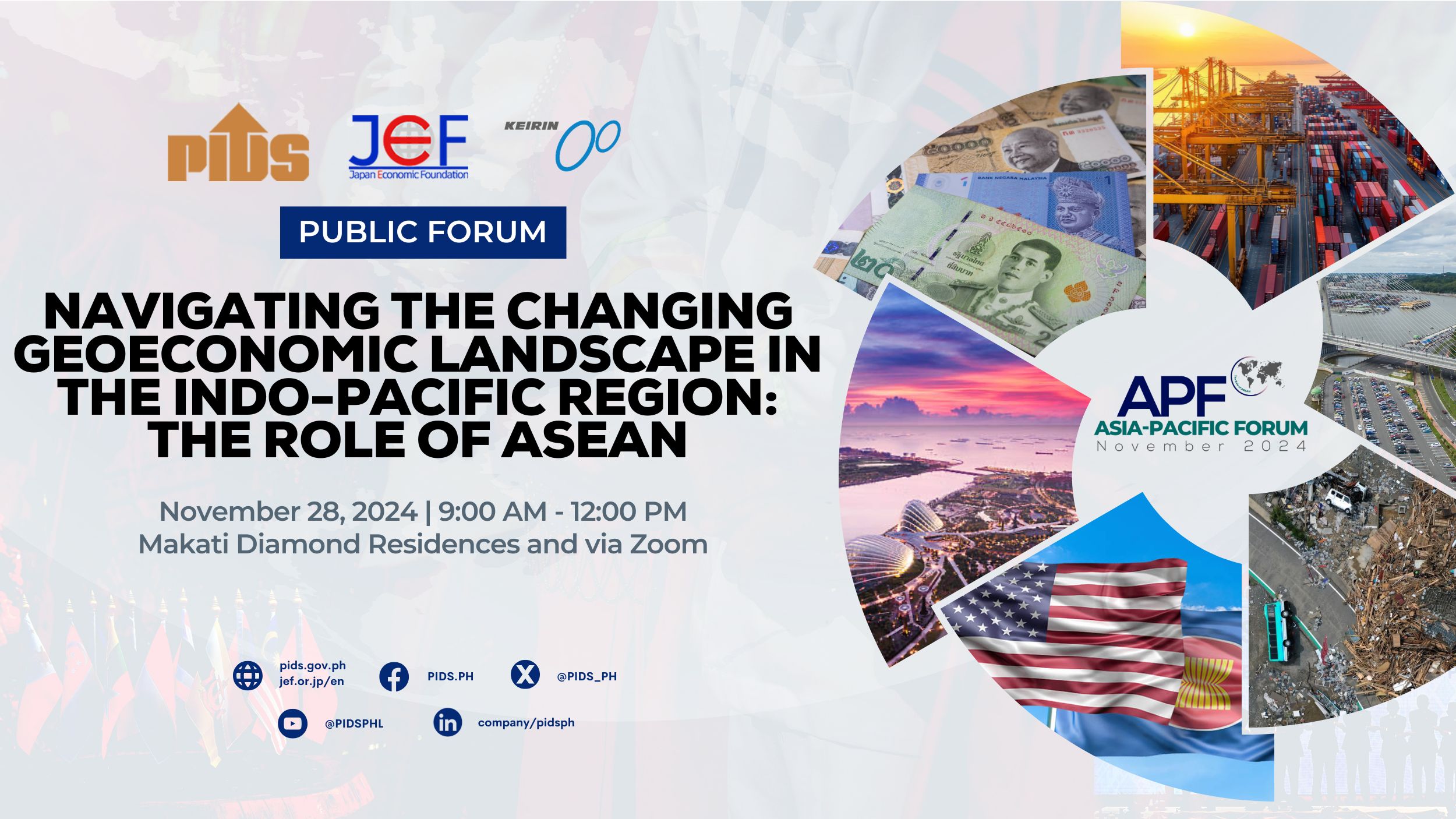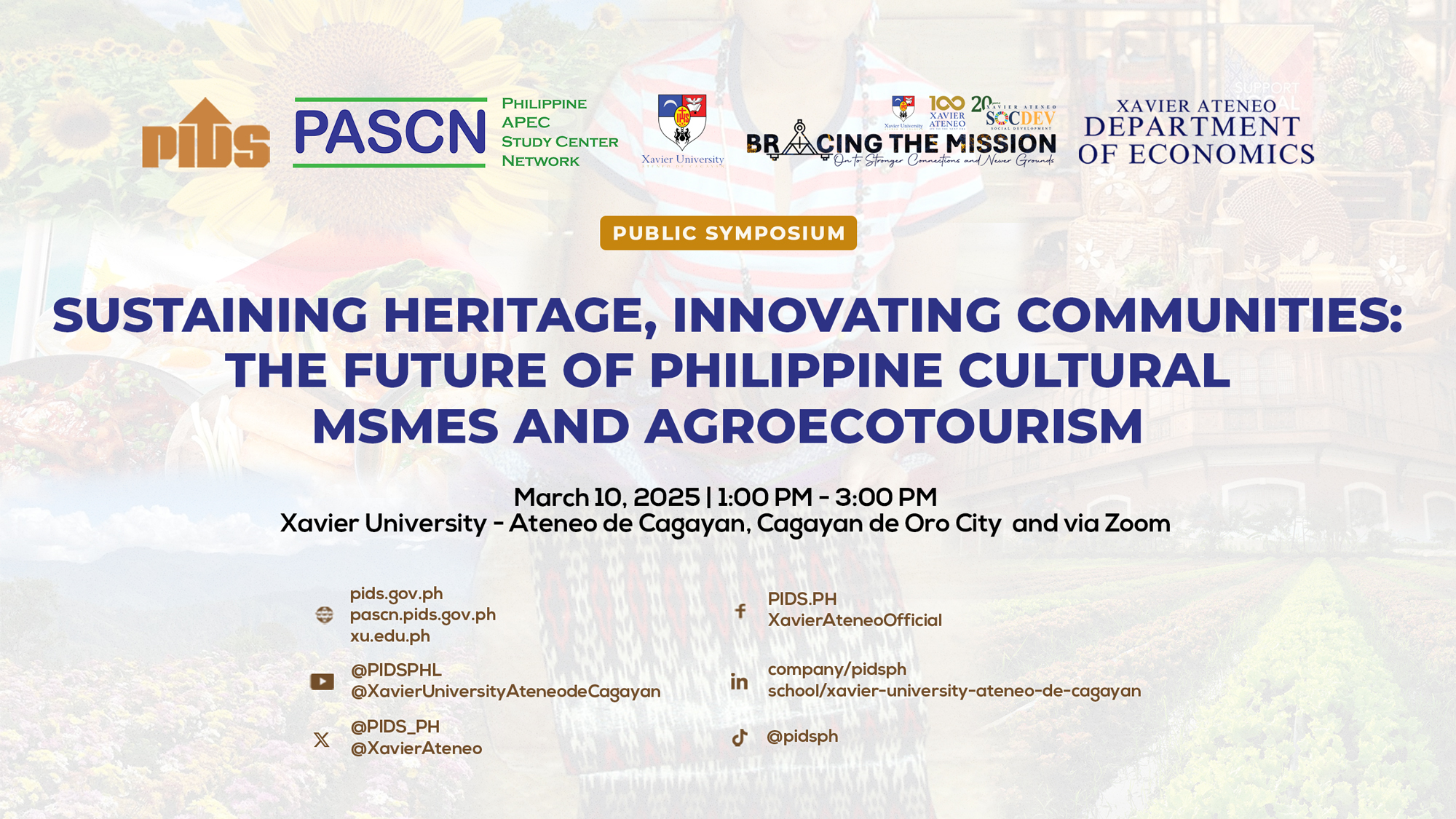This study examines the size and distribution of the Philippine media sector, identifies the challenges to competition and growth, and explores the impact of new technologies. A layered media model was used to map the major players, primarily in traditional media industries such as news publishing, TV broadcasting, and radio broadcasting. Concentration ratios at the national and regional levels were calculated, along with a simple and novel measure that captures diversity in media supply. The extent of market concentration in other relevant industries in the information and communication sector was also assessed.
The Philippine media is predominantly privately owned. Many large media companies are owned by families, while a few are affiliated with religious institutions.The business interests of some companies extend beyond the media sector. The radio broadcasting industry is generally less concentrated compared to news publishing and TV broadcasting, and the diversity of voices is relatively higher in radio broadcasting as well. Most of the other industries in the information and communication sector are highly concentrated. While consumer preference is increasingly shifting towards digital media, significant portions of the population, especially outside NCR, still lack access to the internet, particularly fixed broadband.
To foster media industry growth, the government should reduce policy and regulatory barriers to entry and expansion and ensure the sustainability of media organizations, especially those that serve local communities or engage in public interest journalism. Other critical factors, such as internet connectivity and literacy, which complement the development of the media sector, must also be strengthened.
Comments on this paper are welcome within 60 days from the date of posting. Email publications@pids.gov.ph.












